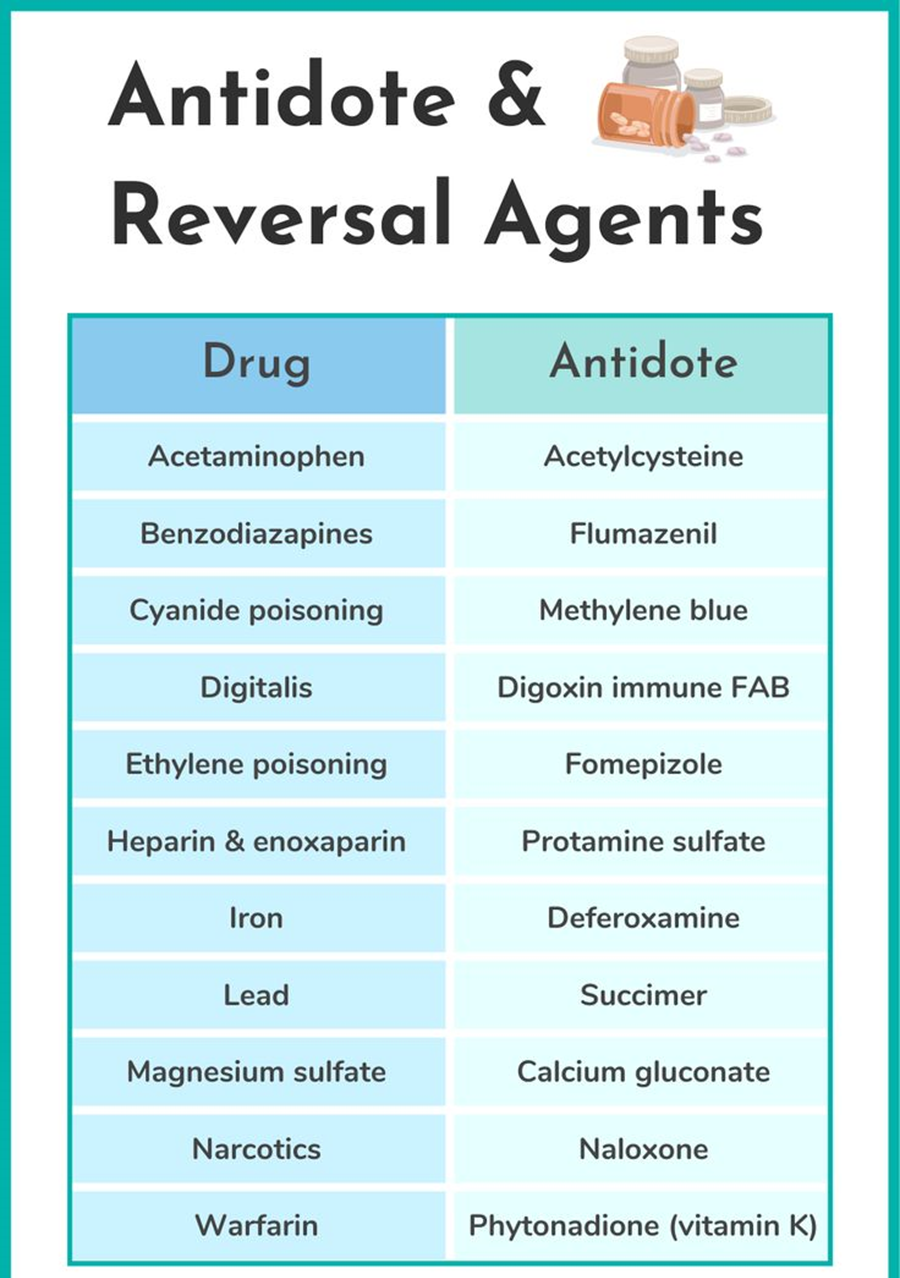A client has chest pain rated 8/10 as stated by the patient. The 12-lead ECG reveals ST elevation in the inferior leads and the lab results reveal cardiac enzyme levels are elevated. What is the highest priority for nursing management of this client at this time?
Monitor daily weights and urine output.
Administer TPA to prevent further damage as a result of a clot.
Provide client education on medications and diet to prevent recurrence.
Reduce pain and myocardial oxygen demand.
The Correct Answer is D
A. Monitor daily weights and urine output.
Monitoring daily weights and urine output is an important aspect of managing heart failure or other cardiac conditions. However, in the context of a client with chest pain, ST elevation, and elevated cardiac enzymes (indicating a myocardial infarction), the immediate focus is on addressing the acute event and reducing myocardial oxygen demand.
B. Administer TPA to prevent further damage as a result of a clot.
Tissue plasminogen activator (TPA) is a thrombolytic medication that can be administered to dissolve blood clots in the coronary arteries during a myocardial infarction. However, the administration of TPA has a specific timeframe within which it is most effective. It is crucial to know the elapsed time since the onset of symptoms, and there are specific criteria and contraindications for its use.
C. Provide client education on medications and diet to prevent recurrence.
Client education on medications, lifestyle modifications, and dietary changes is an essential component of long-term management for preventing recurrence of cardiovascular events. However, during the acute phase of a myocardial infarction, the immediate priority is to stabilize the client and address the acute event, with education being a secondary consideration.
D. Reduce pain and myocardial oxygen demand.
During the acute phase of a myocardial infarction, reducing pain and myocardial oxygen demand is the highest priority. This is typically achieved through the administration of medications such as nitroglycerin for vasodilation and opioids for pain relief. Other interventions to optimize oxygen supply and demand, such as supplemental oxygen and reperfusion strategies, may also be considered.
Nursing Test Bank
Naxlex Comprehensive Predictor Exams
Related Questions
Correct Answer is ["4"]
Explanation
Warfarin (Coumadin) is an anticoagulant medication that prevents blood clots from forming or growing larger. It is prescribed for clients who have atrial fibrillation, deep vein thrombosis, pulmonary embolism, or artificial heart valves.
The physician orders warfarin 10 mg PO to be administered to a client at 1800 today. The pharmacy only has 2.5 mg tablets available. To calculate the number of tablets that the nurse will administer, the nurse will divide the ordered dose by the available dose. The formula is:
Number of tablets = Ordered dose / Available dose
Number of tablets = 10 mg / 2.5 mg
Number of tablets = 4
Therefore, the nurse will administer 4 tablets of warfarin 2.5 mg PO to the client at 1800 today
Correct Answer is B
Explanation
A. Factor VIII: Factor VIII is a component of the clotting cascade, but it is not the antidote for warfarin. Factor VIII is used in the treatment of hemophilia A.
B. Vitamin K: This is the correct answer. Vitamin K is the antidote for warfarin overdose. It helps in the synthesis of clotting factors.
C. IVIG (Intravenous Immunoglobulin): IVIG is not an antidote for warfarin. It is used for various immune-related conditions.
D. Factor X: Factor X is also a clotting factor, but it is not the antidote for warfarin. Factor Xa inhibitors are used as anticoagulants.

Whether you are a student looking to ace your exams or a practicing nurse seeking to enhance your expertise , our nursing education contents will empower you with the confidence and competence to make a difference in the lives of patients and become a respected leader in the healthcare field.
Visit Naxlex, invest in your future and unlock endless possibilities with our unparalleled nursing education contents today
Report Wrong Answer on the Current Question
Do you disagree with the answer? If yes, what is your expected answer? Explain.
Kindly be descriptive with the issue you are facing.
